 |
|
SES-18 & SES-19 (Falcon 9) 17 March 2023 |
Space Launch Complex 40 Cape Canaveral Space Force Station |
A SpaceX Falcon 9 rocket launched the SES-18 and SES-19 mission to a geosynchronous transfer orbit from Space Launch Complex 40 (SLC-40) at Cape Canaveral Space Force Station at 7:38 p.m. on 17 March 2023. After stage separation, the first stage landed on the Just Read the Instructions droneship stationed in the Atlantic Ocean. The Falcon 9 first stage booster supporting this mission previously launched CRS-24, Eutelsat HOTBIRD 13F, OneWeb 1, and two Starlink missions. |
|
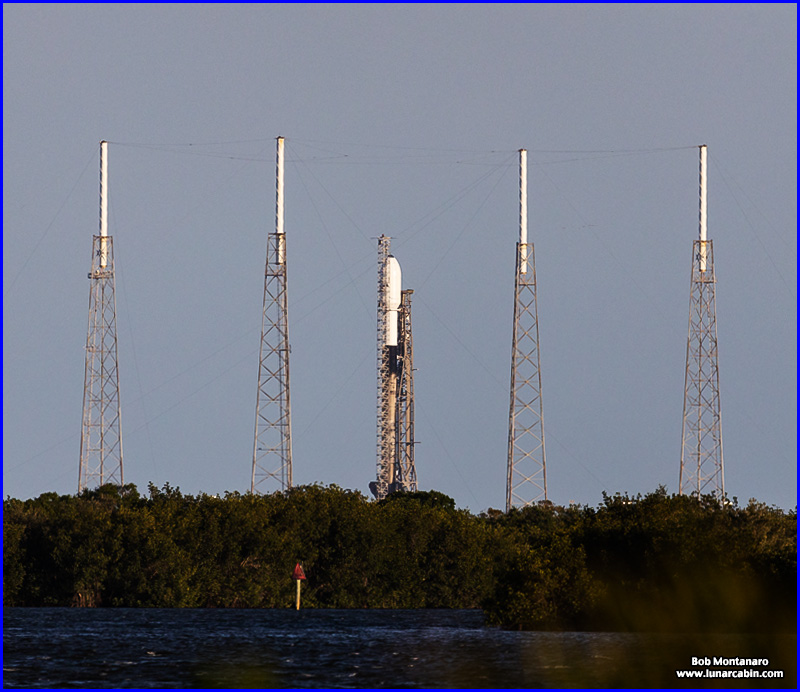 |
|
 |
|
 |
|
 |
|
 |
|
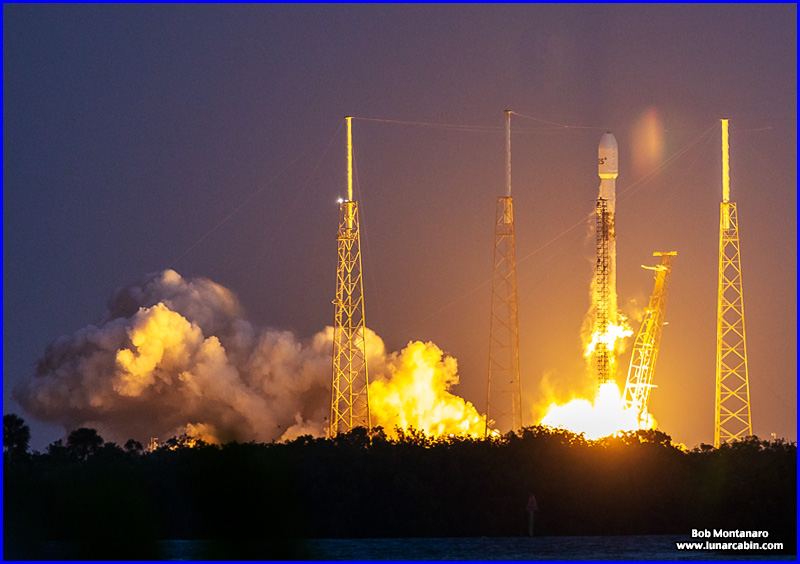 |
|
 |
|
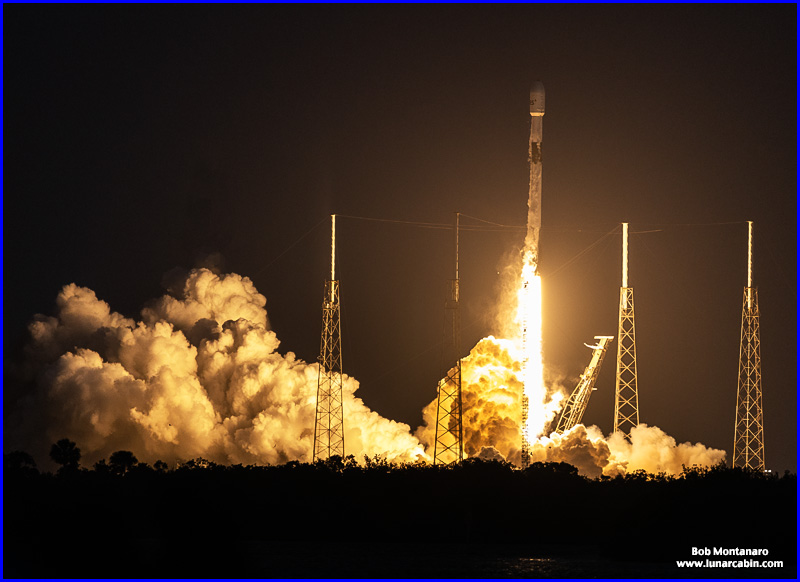 |
|
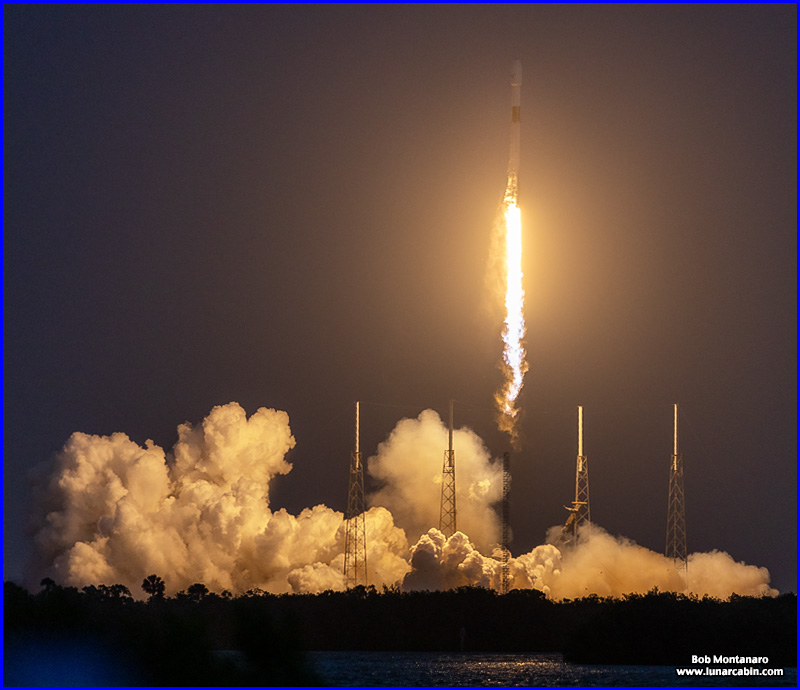 |
|
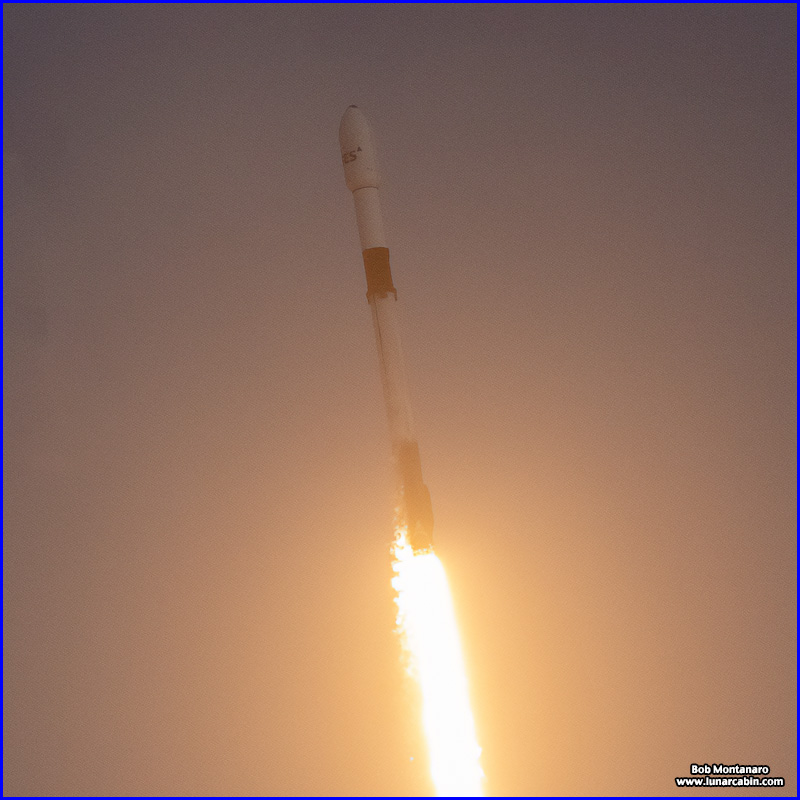 |
|
 |
|
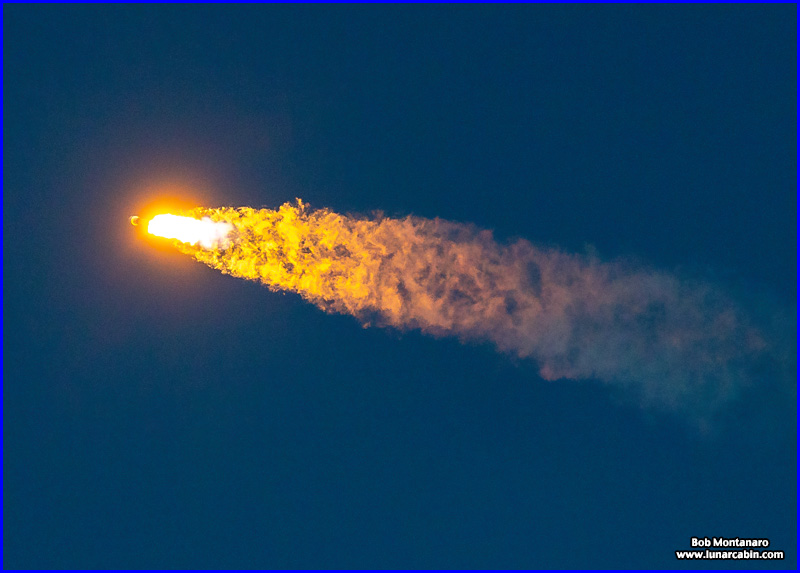 |
|
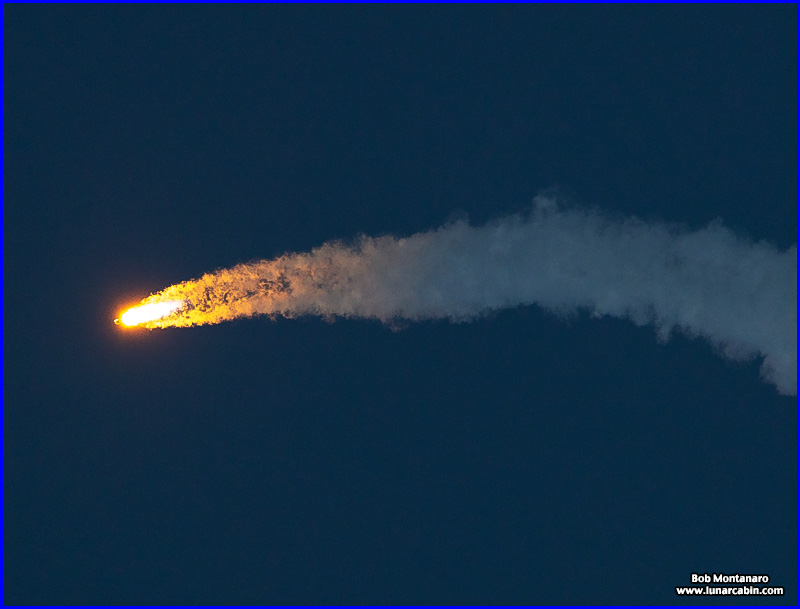 |
|
 |
|
 |
|
 |
|
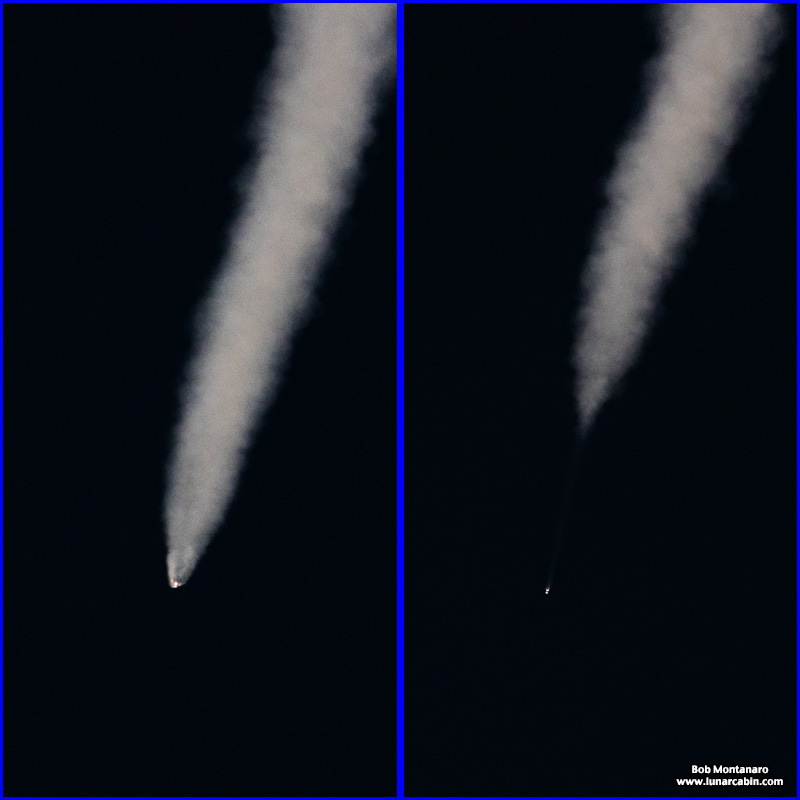 |
|
Main Engine Cutoff |
|
 |
|
Booster Separation and Second Stage Ignition |
|
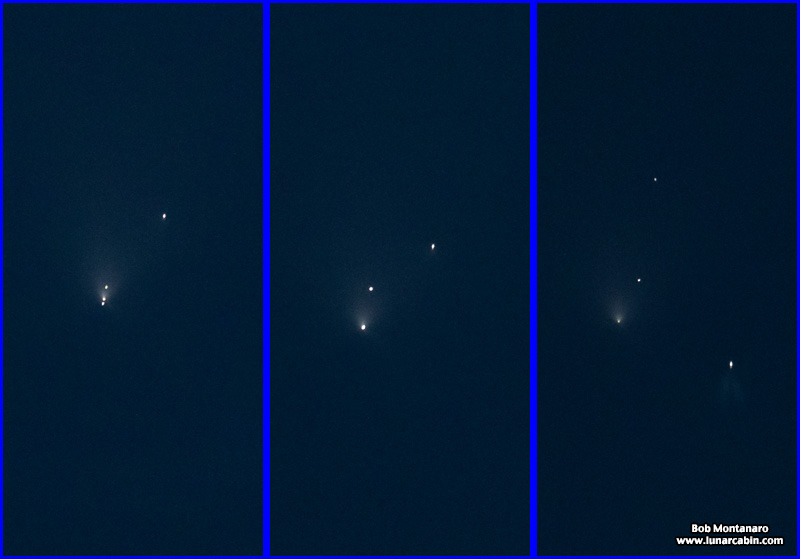 |
|
Fairing Separation |
|
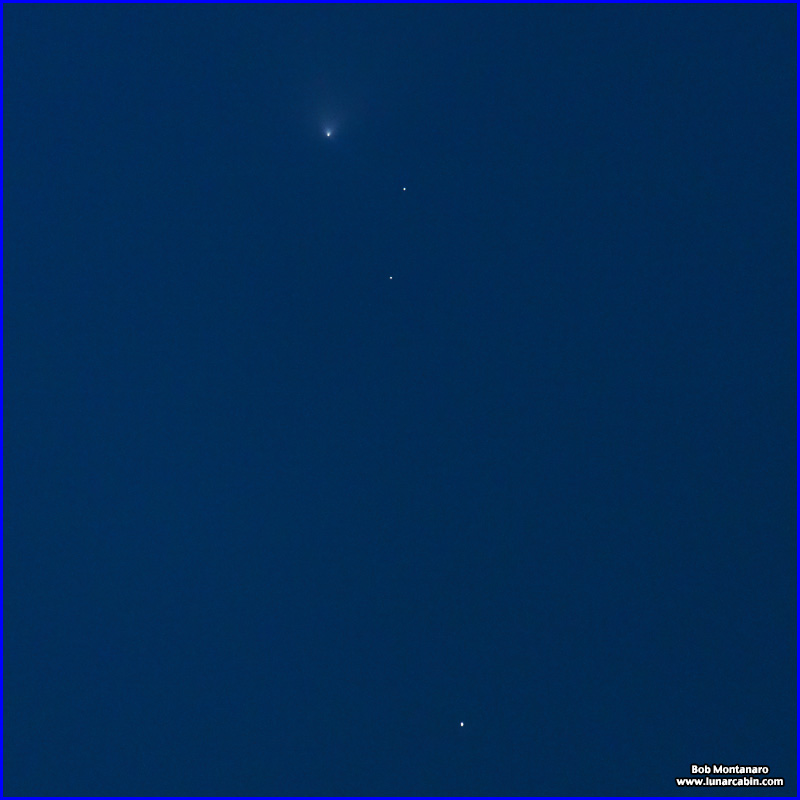 |
|
| The second stage powers on to orbit at top while, below, the two fairing halves fall away and, at bottom, the first stage maneuvers to a landing on the droneship. | |
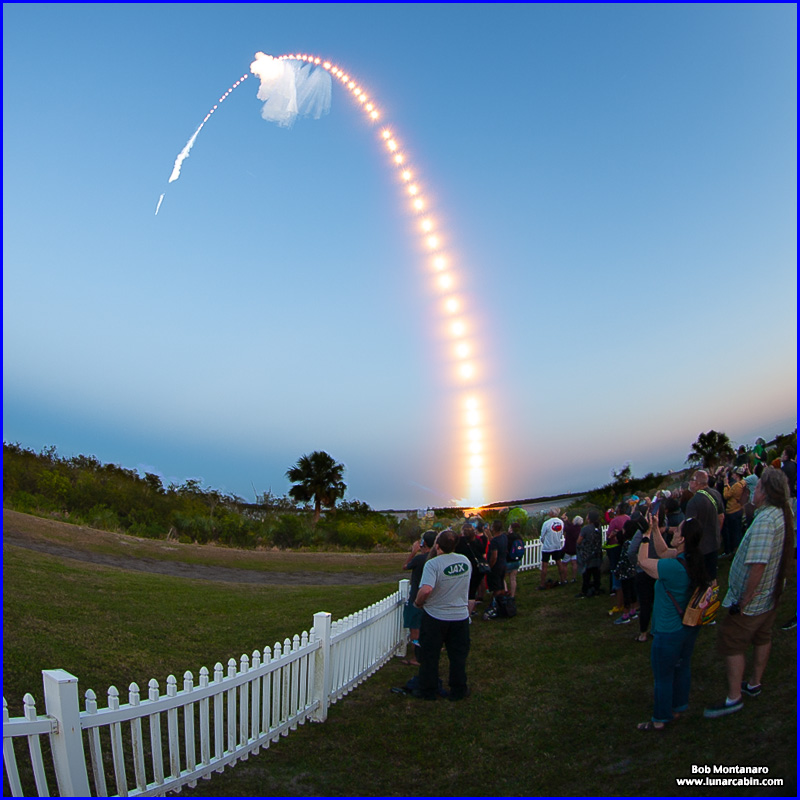 |
|
EXCERPT FROM AN SES MEDIA RELEASE |
|
Cape Canaveral, March 18, 2023 – SES announced today that the SES-18 and SES-19 satellites, designed and assembled by Northrop Grumman [Based on Northrop Grumman’s flight proven GEOStar platform], were successfully launched by SpaceX’s Falcon 9 rocket from Cape Canaveral Space Force Station in Florida, United States, at 7:38 p.m. local time on Friday, March 17. The two American-made satellites are the fourth and fifth – and final – satellites to be launched as part of SES’s C-band transition plan, following the launch of SES-22 in June 2022 and the tandem launch of SES-20 and SES-21 in October 2022. These satellites are essential parts of SES’s plan to achieve the Federal Communications Commission’s (FCC) program to clear C-band spectrum to enable wireless operators to deploy 5G services across the contiguous U.S. (CONUS) while ensuring that SES’s existing customers continue to enjoy uninterrupted TV, radio, and critical data transmission services to millions of Americans. Since 2020, SES, along with other satellite operators, has been clearing 300 MHz of C-band spectrum and transitioning customer services to the remaining allocated 200 MHz of spectrum by launching new satellites, building new ground stations and sending hundreds of satellite earth station technicians across the country to install new filters on customers’ antennas. By providing contractual service protections to customers who receive video services in the U.S., SES-18 and SES-19 will enable SES to safely clear C-band spectrum to help accomplish the FCC’s ambitious goals for American 5G innovation. SES-18 is expected to begin operations in June 2023 at 103 degrees West replacing SES-3 C-band payload and SES-19 will be co-located with SES-22 at 135 degrees West. |
|
SPACEX MISSION PATCH |
|
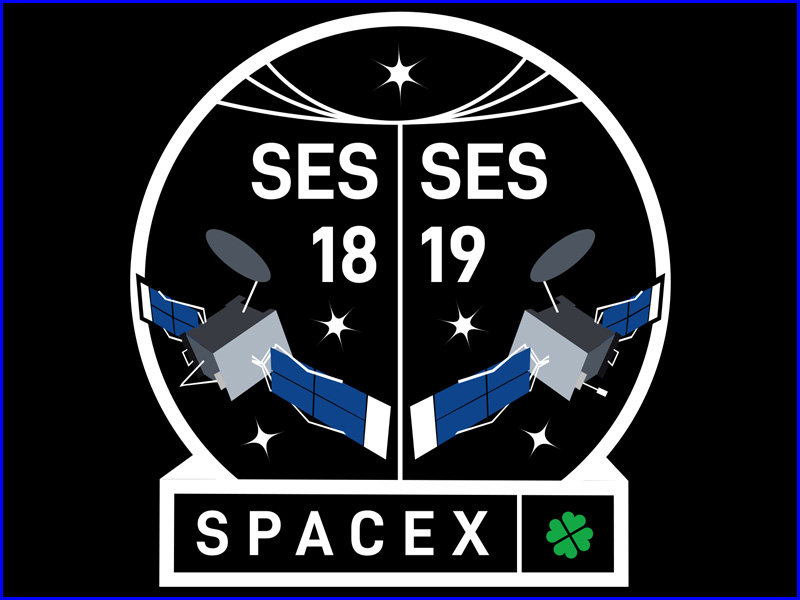 |
|
Image Credit: SpaceX |
|
All contents copyright Lunar Cabin |
|